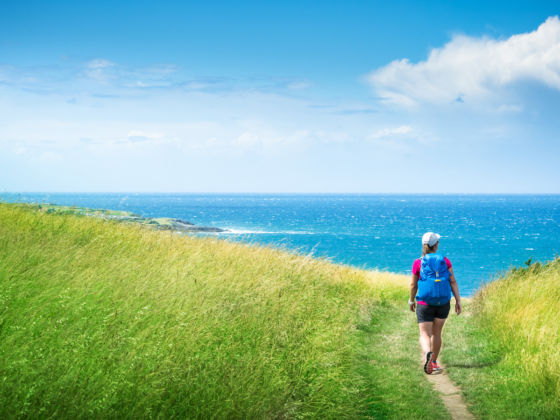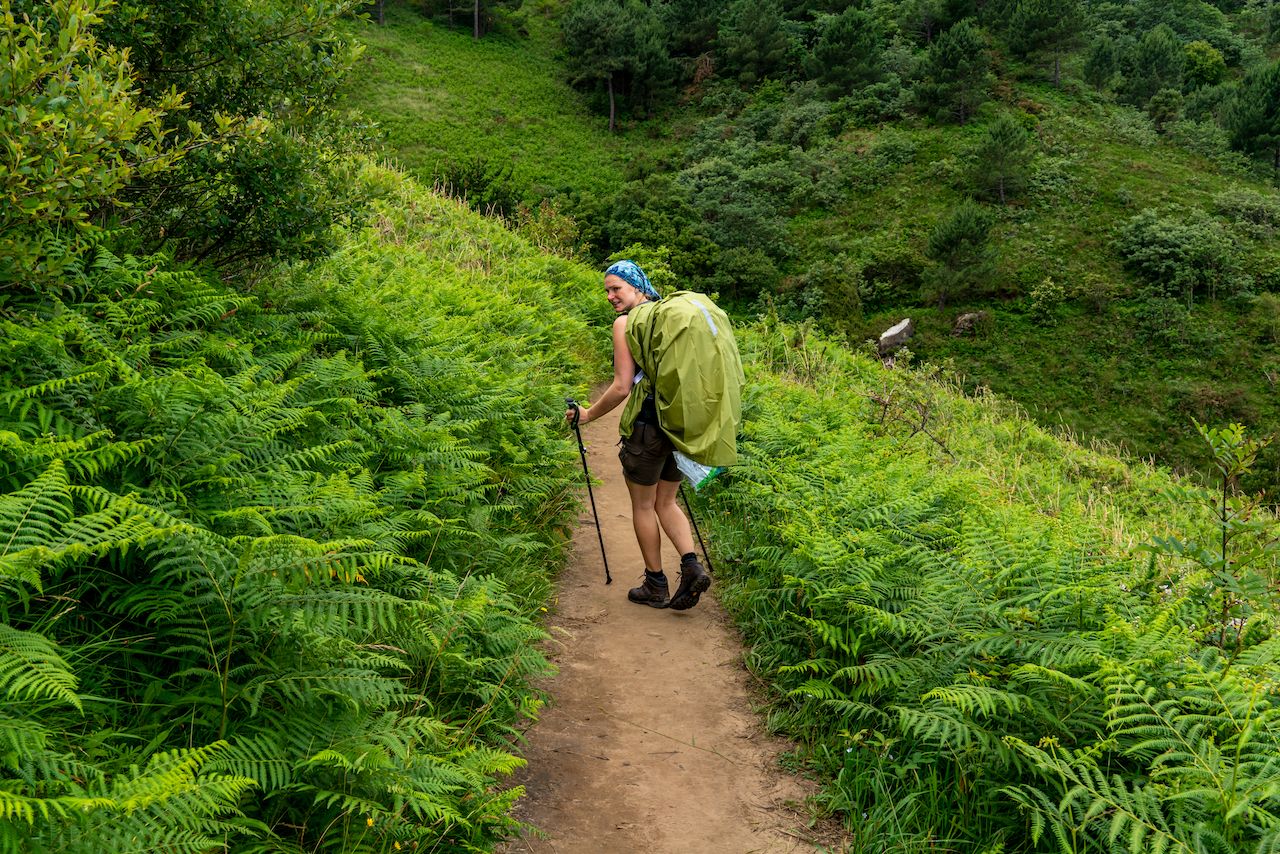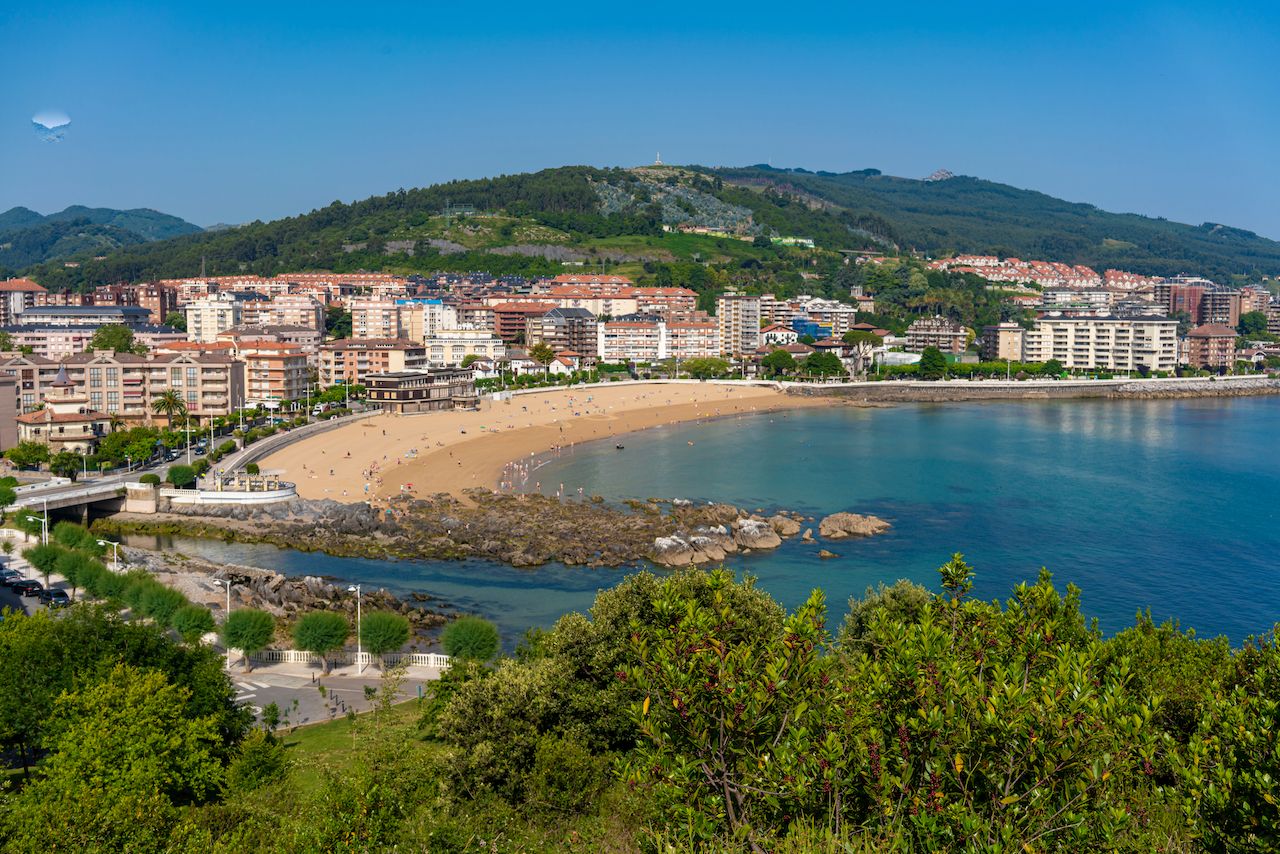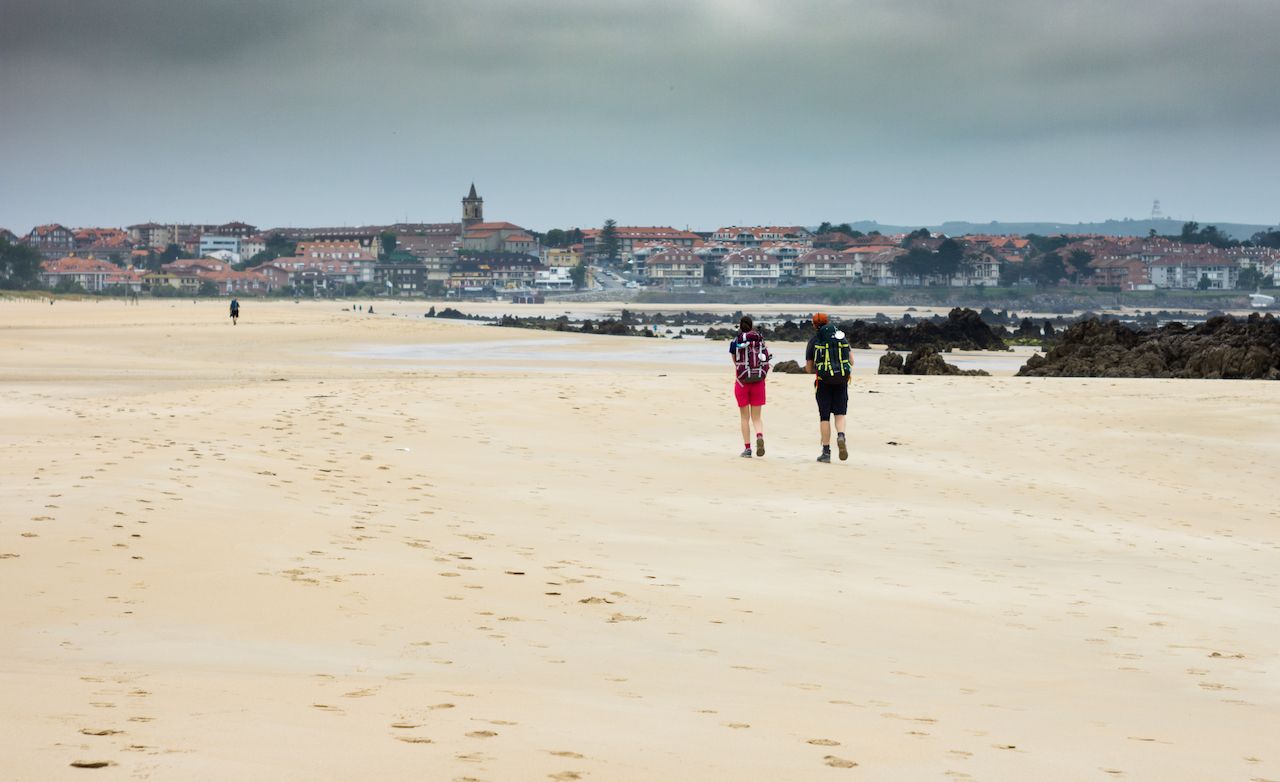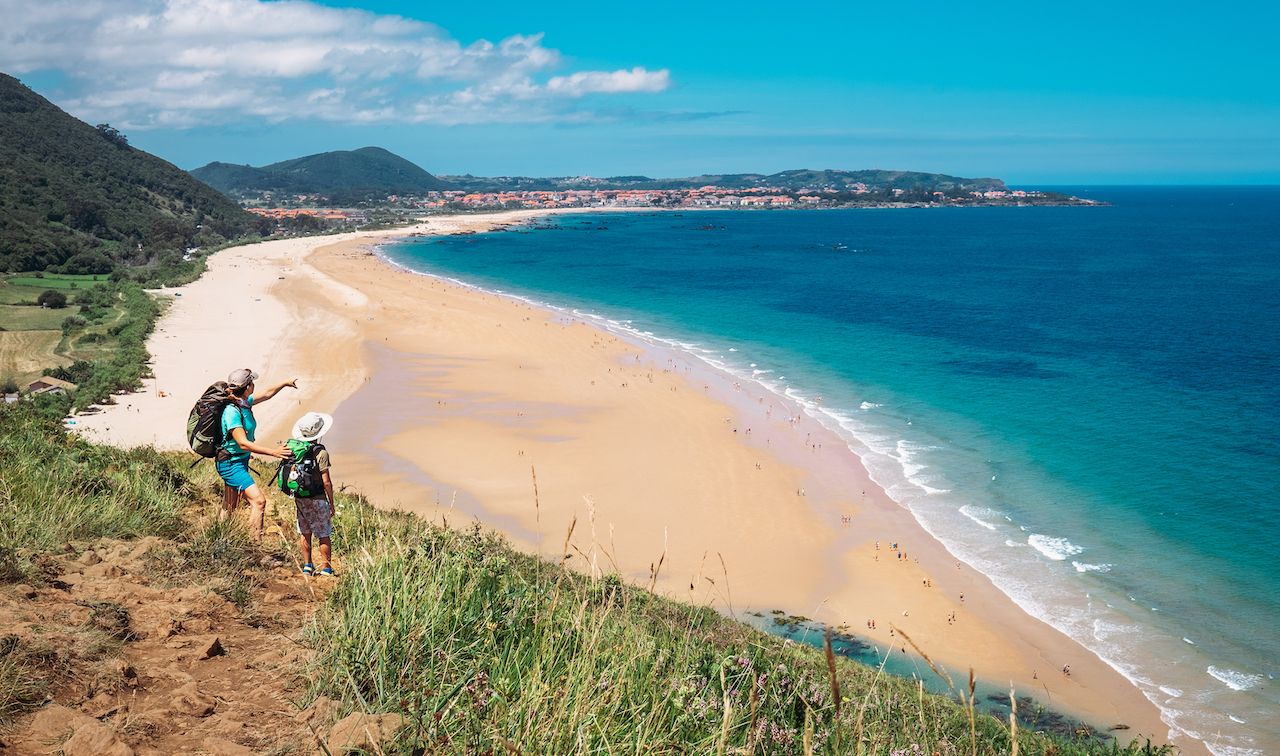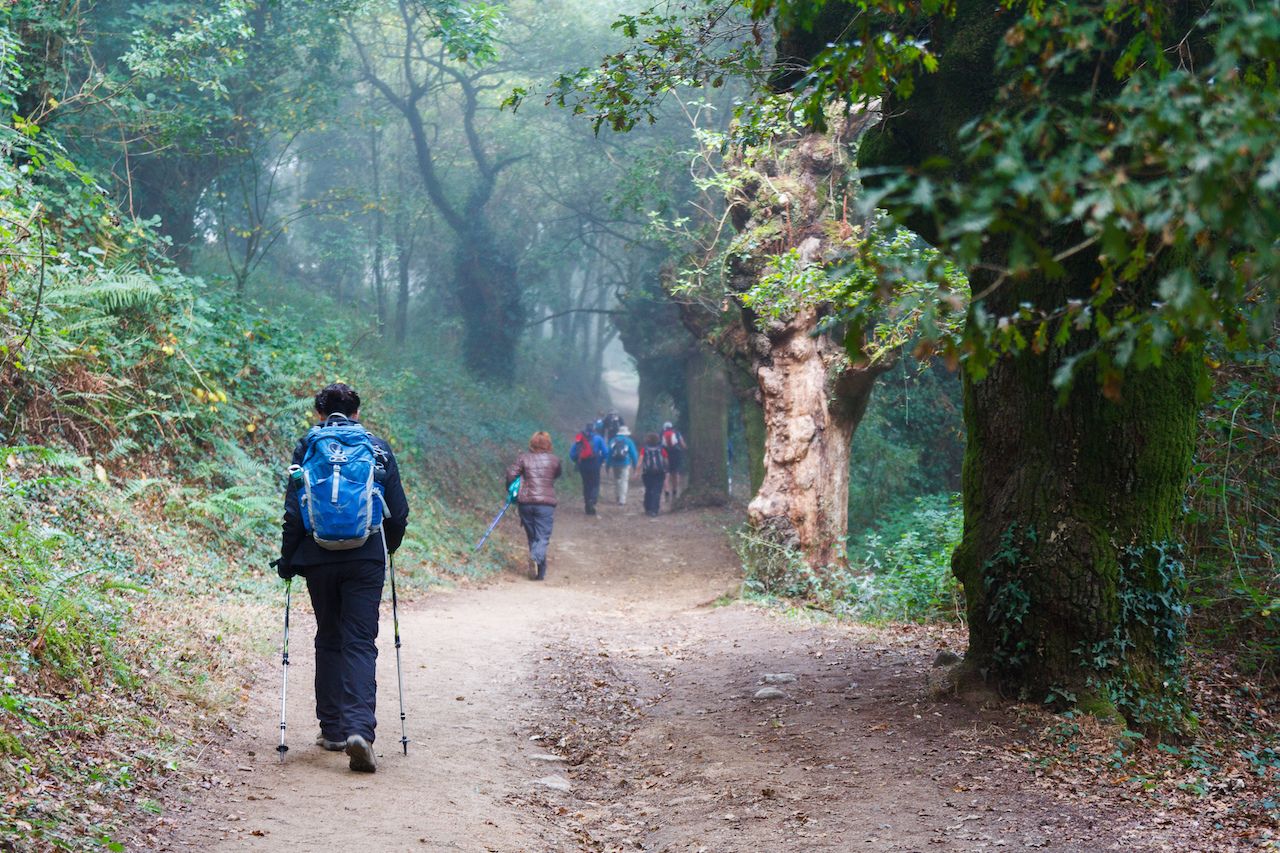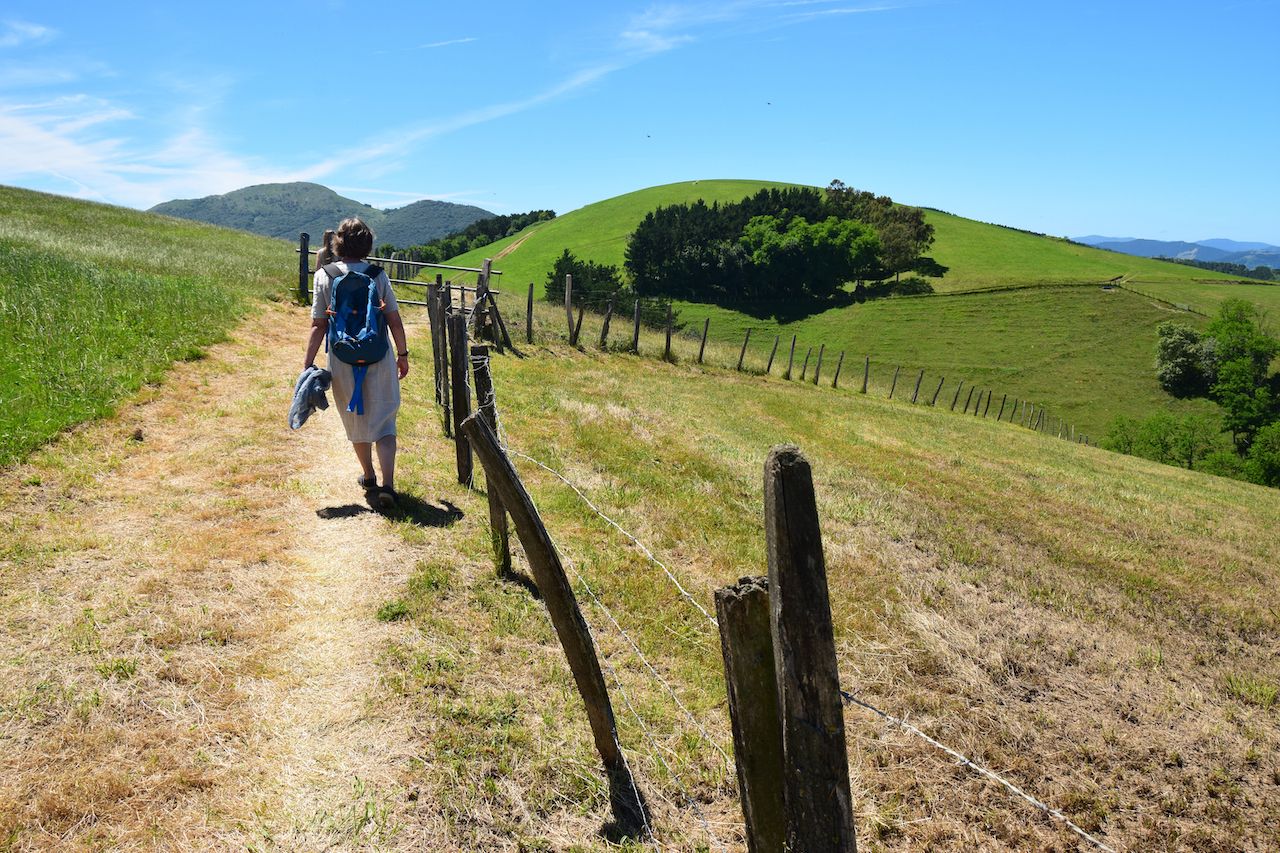Since the 1990s, the medieval pilgrimage El Camino de Santiago has seen a resurgence in popularity, seeing over 300,000 pilgrims a year. It’s not surprising why this pilgrimage has become so popular. It’s easily accessible with diverse route options, luggage transportation services, and various accommodation types, from hostels to elegant inns.
However, over-tourism is becoming a problem on the more popular routes. Over three-quarters of pilgrims hike the French and Portuguese routes, pathways which certainly have their appeal. Yet fewer than six percent of pilgrims walk the Del Norte route. Besides fewer crowds, the Camino Del Norte traverses some of the beautiful and interesting regions of Spain. Here’s why people should give the Camino del Norte a second look.
